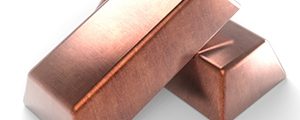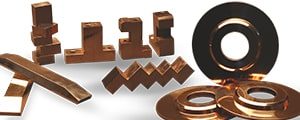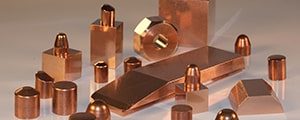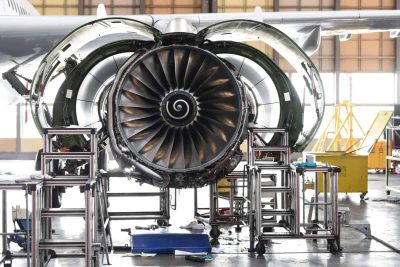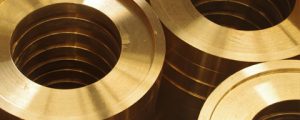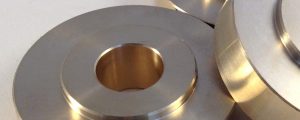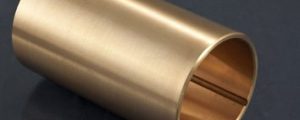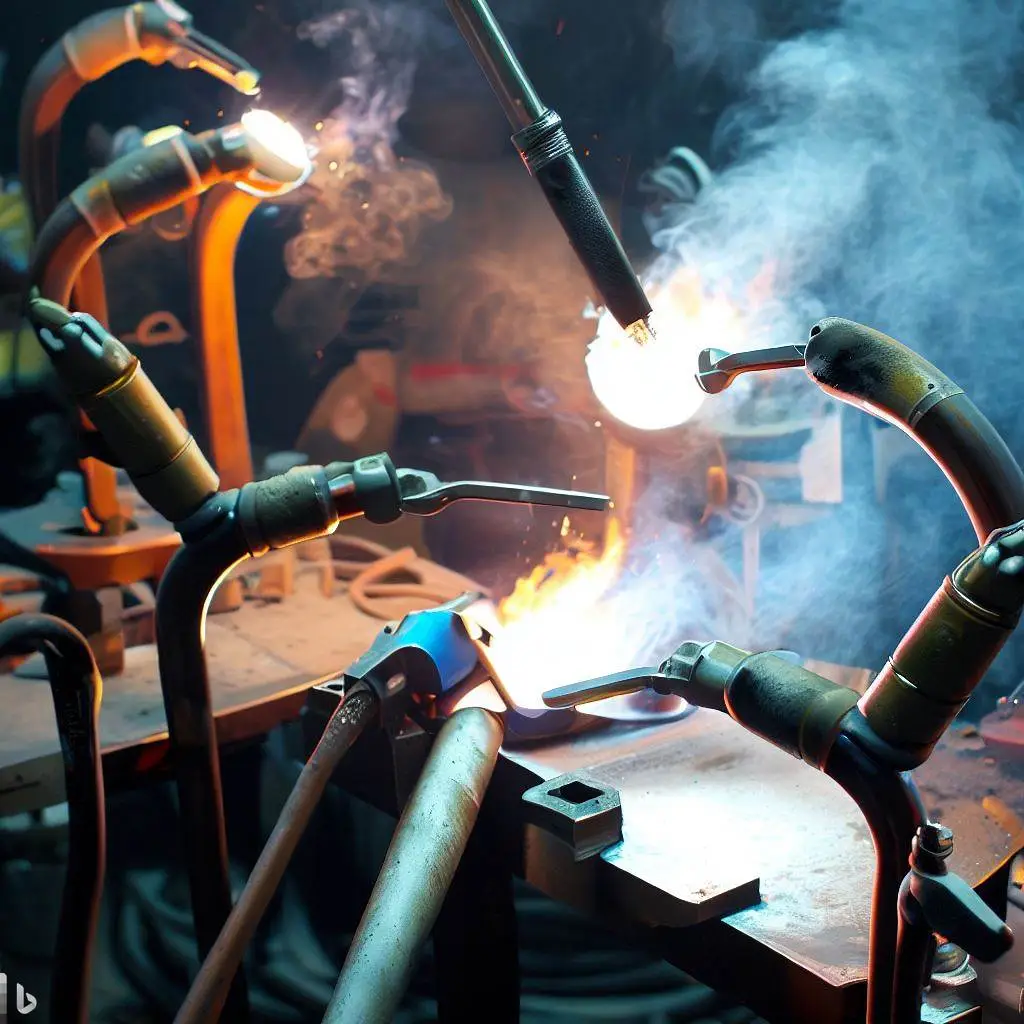Welding Arms and Holders: What You Need to Know
Introduction
Welding is a process of joining two or more metal pieces by applying heat, pressure, or both. There are different types of welding methods, such as arc welding, gas welding, laser welding, etc. One of the most common and versatile types of welding is resistance welding, which uses electric current to generate heat at the contact points between the metal pieces.
Resistance welding is widely used in various industries, such as automotive, aerospace, construction, etc. It can produce strong, durable, and consistent welds in a short time and with low cost. However, to achieve optimal results with resistance welding, you need to have the right equipment and accessories, such as electrodes, electrode holders, arms, tools, jigs, machinery, etc.
In this article, we will focus on one of the most essential components of resistance welding equipment: welding arms and holders. We will explain what they are, why they are important, what are the different types and materials of them, how to choose the right ones for your application, how to maintain and replace them, and answer some frequently asked questions.
What are welding arms and holders?
Welding arms and holders are parts of resistance welding equipment that keep the electrodes in place while completing spot welding applications. Electrodes are metal tips that deliver electric current to the metal pieces to be welded. They can have different shapes, such as right angle, straight, curved, bent, etc., depending on the weld position and geometry.
Welding arms are long metal bars that connect the electrodes to the power source. They can be straight or bent, in 2D or 3D, round or flat, depending on the configuration of the welding machine. Welding holders are metal clamps that attach the electrodes to the arms. They can also have different shapes and sizes to fit different electrodes.
Why are they important for resistance welding?
Welding arms and holders are important for resistance welding because they affect the quality and performance of the welds. They have several functions, such as:
- Conducting electric current from the power source to the electrodes
- Providing mechanical support and stability for the electrodes
- Allowing adjustment of electrode position and alignment
- Enabling electrode replacement when worn or damaged
- Cooling the electrodes with water circulation
Therefore, welding arms and holders need to have certain properties, such as:
- High electrical conductivity to minimize heat loss and power consumption
- High mechanical strength to withstand pressure and deformation
- High thermal conductivity to dissipate heat quickly
- High corrosion resistance to prevent oxidation and deterioration
- High wear resistance to prolong service life
What are the different types and materials of welding arms and holders?
Welding arms and holders can be made of different types and materials depending on their application and requirements. Some of the most common types and materials are:
-
Copper alloys:
These are metals that contain copper as the main element along with other elements such as chromium, zirconium, cobalt, nickel, beryllium, silicon, etc. Copper alloys have high electrical conductivity (up to 90% of pure copper) and high mechanical strength (up to 500 MPa). They also have good thermal conductivity (up to 400 W/mK) and corrosion resistance. Some of the common copper alloys used for welding arms and holders are:
- Cupro MAX (CuCrZr): This alloy has high strength and hardness, as well as good electrical and thermal conductivity. It is suitable for high current and high pressure applications, such as spot welding of steel sheets.
- Cupro CNB (CuCoNiBe): This alloy has high strength and hardness, as well as good electrical and thermal conductivity. It also has excellent wear resistance and fatigue resistance. It is suitable for high current and high speed applications, such as seam welding of steel tubes.
- Cupro NSS (CuNi2SiCr): This alloy has high strength and hardness, as well as good electrical and thermal conductivity. It also has good wear resistance and corrosion resistance. It is suitable for medium current and medium pressure applications, such as spot welding of stainless steel sheets.
- Aluminum alloys: These are metals that contain aluminum as the main element along with other elements such as copper, magnesium, silicon, etc. Aluminum alloys have lower electrical conductivity (up to 40% of pure copper) and lower mechanical strength (up to 300 MPa) than copper alloys, but they have lower density (up to 3 times lighter than copper alloys) and lower cost. They also have good thermal conductivity (up to 200 W/mK) and corrosion resistance. Some of the common aluminum alloys used for welding arms are:
- AlMg5Si2Mn: This alloy has moderate strength and hardness, as well as good electrical and thermal conductivity. It is suitable for low current and low pressure applications, such as spot welding of aluminum sheets.
- AlMg3: This alloy has moderate strength and hardness, as well as good electrical and thermal conductivity. It also has good weldability and formability. It is suitable for low current and low pressure applications, such as spot welding of aluminum sheets.
How to choose the right welding arms and holders for your application
Choosing the right welding arms and holders for your application depends on several factors, such as:
- The type of metal to be welded: Different metals have different electrical resistivity, thermal conductivity, melting point, etc., which affect the amount of heat generated and dissipated during welding. For example, steel has higher resistivity and lower thermal conductivity than aluminum, which means it requires higher current and higher pressure to weld. Therefore, you need to choose welding arms and holders that can handle the required current and pressure without overheating or deforming.
- The shape and size of the weld: Different weld shapes and sizes require different electrode shapes and sizes, which affect the position and alignment of the electrodes. For example, a round weld requires a round electrode tip, while a rectangular weld requires a flat electrode tip. Therefore, you need to choose welding arms and holders that can accommodate the electrode shape and size without compromising the contact area or the electrode alignment.
- The weld coating and protection: Different electrode coatings and protections are needed for different weld coatings and protections. They affect the wear resistance and corrosion resistance of the electrodes. For example, a galvanized steel weld needs a nickel-coated electrode tip, while a stainless steel weld needs a chromium-coated electrode tip. You need to choose welding arms and holders that match the electrode coating and protection without reducing the conductivity or increasing the cost.
Common welding arms and holders configurations
There are several common configurations of welding arms and holders that are used for different applications, such as:
- Straight or bent: Straight welding arms are used for simple spot welding applications where the electrodes are aligned perpendicular to the metal pieces. Bent welding arms are used for complex spot welding applications where the electrodes are aligned at an angle to the metal pieces or where access is limited.
- 2D or 3D: 2D welding arms are used for flat spot welding applications where the electrodes are aligned parallel to the metal pieces. 3D welding arms are used for curved spot welding applications where the electrodes are aligned along the curvature of the metal pieces or where flexibility is needed.
- Round or flat: Round welding arms are used for round spot welding applications where the electrodes have round tips. Flat welding arms are used for rectangular spot welding applications where the electrodes have flat tips.
How to maintain and replace welding arms and holders
Welding arms and holders are subject to wear and tear due to the high current, pressure, heat, and friction involved in resistance welding. Therefore, they need to be maintained and replaced regularly to ensure optimal weld quality and performance. Here are some tips for proper maintenance and replacement of welding arms and holders:
- Before each use, clean and inspect your welding arms and holders. Remove any dirt, dust, grease, or oxidation that may affect the conductivity or the contact area. Use a wire brush, a cloth, or a solvent to clean the surfaces. Check for any damage, such as cracks, breaks, bends, or burns, that may compromise the strength or the alignment.
- Lubricate and tighten connections: You should lubricate and tighten the connections between the arms, holders, electrodes, and power source to ensure good electrical contact and prevent overheating or arcing. You can use a suitable grease or oil to lubricate the threads or joints of the connections. You should also use a torque wrench to tighten the nuts or bolts of the connections to the recommended specifications.
- To prevent overheating or cracking of the components, monitor the water flow and temperature of the cooling system. It circulates water through the arms and holders. Use a flow meter or a thermometer to measure them at the inlet and outlet. Check for any leaks or blockages in the water hoses or fittings that may reduce them
- Replace your welding arms and holders when they are excessively worn or deformed. They affect their electrical conductivity or mechanical strength. For example, replace your welding arms when they are bent more than 5 degrees, or when they have cracks or breaks that expose more than 10% of their area. Replace your welding holders when they are worn more than 20% of their diameter, or when they have cracks or breaks that expose more than 10% of their area.
Conclusion
Welding arms and holders are vital components of resistance welding equipment that keep the electrodes in place while completing spot welding applications. The quality and performance of the welds depend on several functions and properties of the welding arms and holders. Depending on their application and requirements, they can be made of different types and materials. To ensure optimal results with resistance welding, they also need proper selection, maintenance, and replacement.

